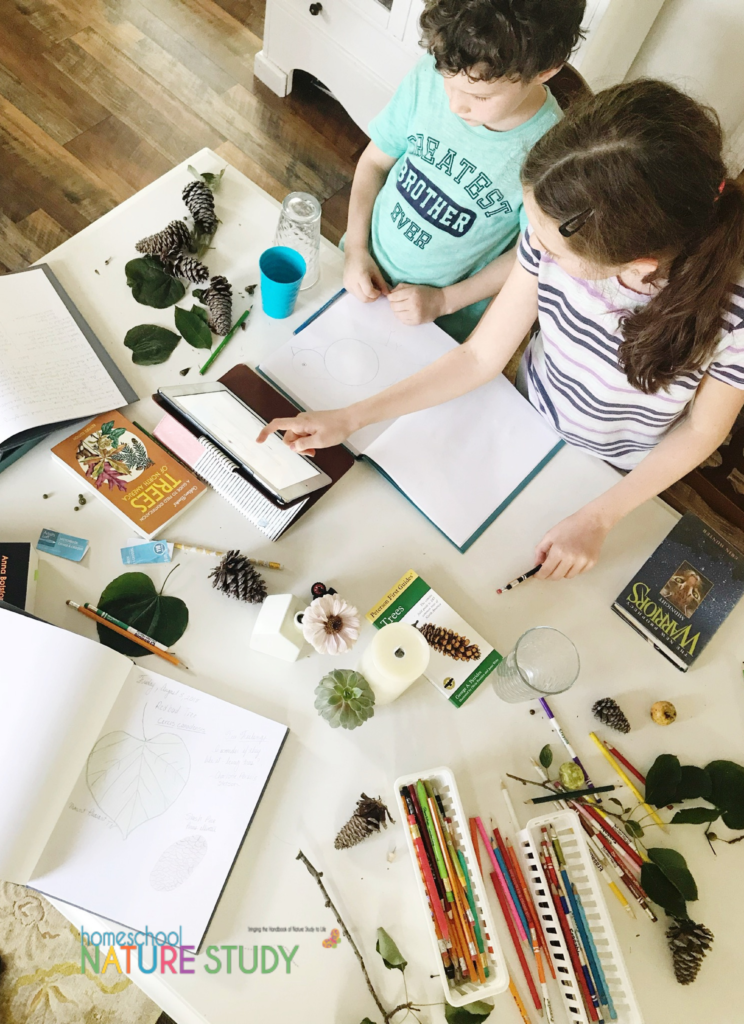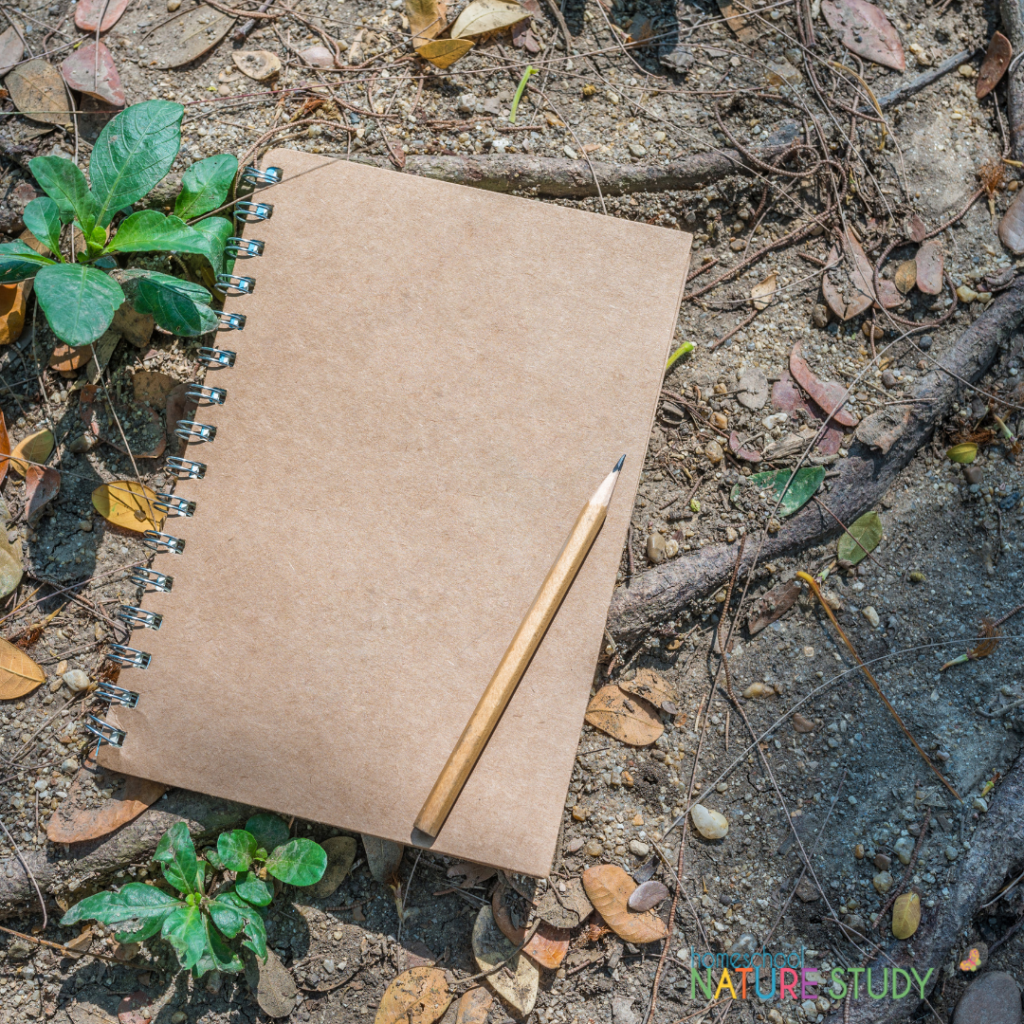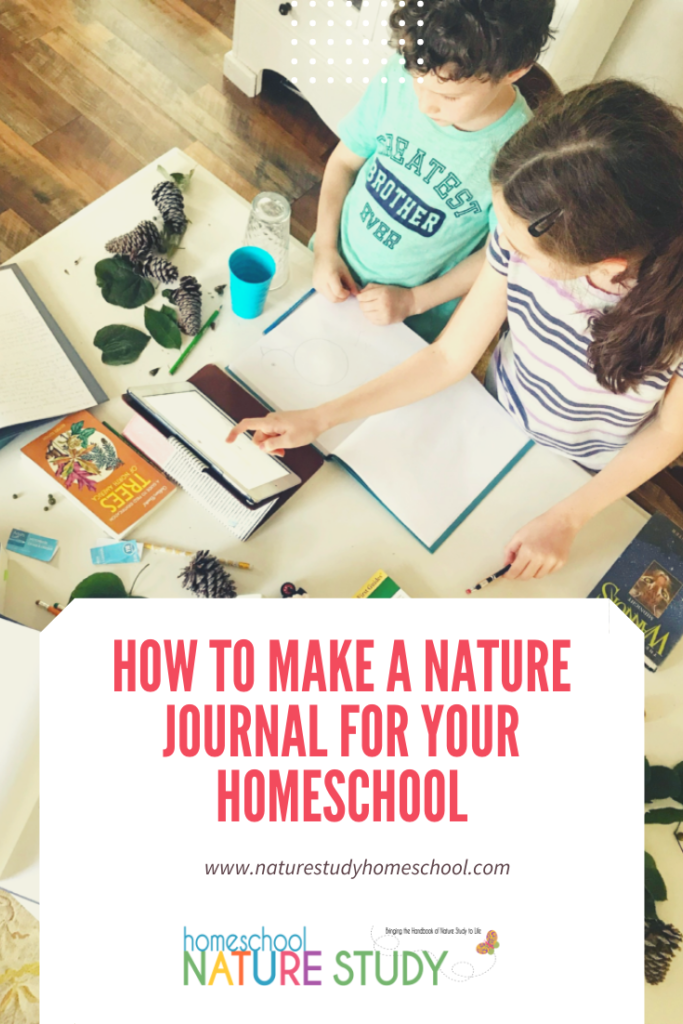“The points to be borne in mind are that children like to call things by their names because they are real names, and they also like to use “grownup” names for things; but they do not like to commit to memory names which to them are meaningless.” Handbook of Nature Study, page 456
This challenge will continue our eight week group focus on garden flowers. Please feel free to continue with your own focus if you are in the middle of something your family is enjoying. You can save the garden flower challenges for a future time if you wish.
Our family has found renewed interest in gardening this past week. We continued working on a new section in our butterfly garden and we also planted some new and interesting things in our vegetable garden. Each week I think I know what we will learn or discover with each challenge but then something new comes up and I am pleasantly surprised. There is always something new to learn about.
This week’s challenge seems simple enough and even though we already know the names of the flower parts, I am going to challenge my boys to actually use the correct labels as we spend our time in the garden.
Outdoor Hour Challenge #13
Practicing the Flower Parts
1. Continue with the eight week long focus on garden flowers. Read page 456 in the Handbook of Nature Study-How to Teach the Names of the Parts of a Flower and of the Plant.
“All the names should be taught gradually by constant unemphasized use on the part of the teacher; and if the child does not learn the names naturally then do not make him do it unnaturally.” Handbook of Nature Study, page 456
Here is a link to a diagram that you can print out showing the proper names for the flower parts. This is for you as the parent/nature guide to use to educate yourself on the flower part names. If you start to incorporate these proper labels as you observe your garden flowers, the words will gradually become part of your child’s vocabulary.
2. Take your 10-15 minute outdoor time to look for some garden flowers in your own yard or neighborhood. If you already have some of your own garden flowers blooming, pick one to identify and see if it is listed in the Handbook of Nature Study. Observe your seeds that you planted last week if you did that part of the challenge. Start to use the correct labels for the plant parts that you learned about in step one. If you learn one flower part and use it each week of the focus period, you will know most of the flower parts by the end of that time.
3. Give an opportunity for a nature journal entry. An excellent part of the entry could be the progress that your seeds are making as they start to push out of the soil. Be sure to keep watering your new seedlings as the week goes by. Careful observation with a magnifying lens will open up many interesting things to draw in the journal. If you did not plant seeds or they are not sprouting yet, work on drawing another garden flower in your nature journal.
4. Add to your list of garden flowers that you have planted in your garden or that you have seen during your outdoor time. Check the table of contents for any flower you may be able to read about after you Outdoor Hour time.
5. If you are going to make field guide cards for your garden flowers, add another card this week. If you make one card per week, by the end of this focus period you will have eight cards completed.
This challenge is part of my Garden Flowers ebook. This ebook has ten garden related challenges that will walk you through a study of garden flowers using the Handbook of Nature Study. In addition to the challenges already written, there will be more photos, nature journal examples, book lists, and totally new notebook pages designed to go with each of the Garden Flower Challenges.































